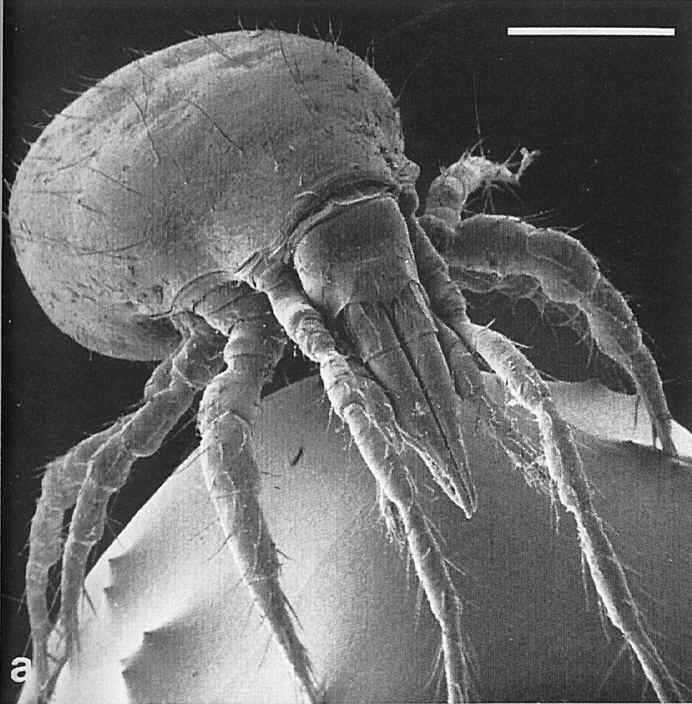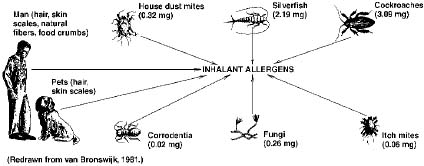Got allergies and just think that it's the pollen in the air? Maybe your home is being over run by mites.That's dust mites of course!
Just imagining these dust mites living in your pillow by the millions, eating your dead skin and hair, is enough to make anyone think twice about these pests. Dust mites are microscopic (smaller than 1/70th of an inch) and thrive on sloughed-off human and animal skin. 70% of dust is human skin and the remaining 30% consists of pet dander, dirt, fibers, mold, bacteria and insects.
High concentrations of dust mite allergen are a significant risk factor for the development of allergic diseases such as asthma and hay fever. Studies at the National Institute of Environmental Health Sciences (NIEHS) suggest that more than 45% of U.S. homes have bedding with dust mite concentrations that exceed a level equated with allergic sensitization.
Dust mites thrive in warm, dark, moist places. They thrive in bedding because that is where they find their biggest meals. Humans shed about 1/5 ounce of dander (dead skin) each week. A typical used mattress may have anywhere from 100,000 to 10 million mites inside. It's the feces and body parts from the dust mite that are the allergens, so simply killing the mites won't remove the allergen.
How to Minimize and Remove Mite Populations:
- Direct sunlight kills dust mites, so hang bedding in the sun whenever possible.
- Dust mites die when the humidity drops below 40%. A dehumidifier would help if you live in a humid climate.
- Wash bed linens once a week in hot water. Water temps need to be above 130 degrees F or higher to kill mites.
- Steam-cleaning carpets.
- Vapor steam-cleaning.
- The natural lanolin in wool repels dust mites. Yet another reason to buy wool bedding.
- Eliminate wall-to-wall carpeting. Carpeting accumulates pounds of dust mites, dirt, pesticides and other toxins brought in on shoes, feet and pet's paws over the years.
- Freezing stuffed animal toys (in a tightly closed plastic bag) in the freezer for 24hrs will kill but not remove the dust mite residue.
- Clean weekly.
Source Material: Home Enlightenment by Annie Bond





